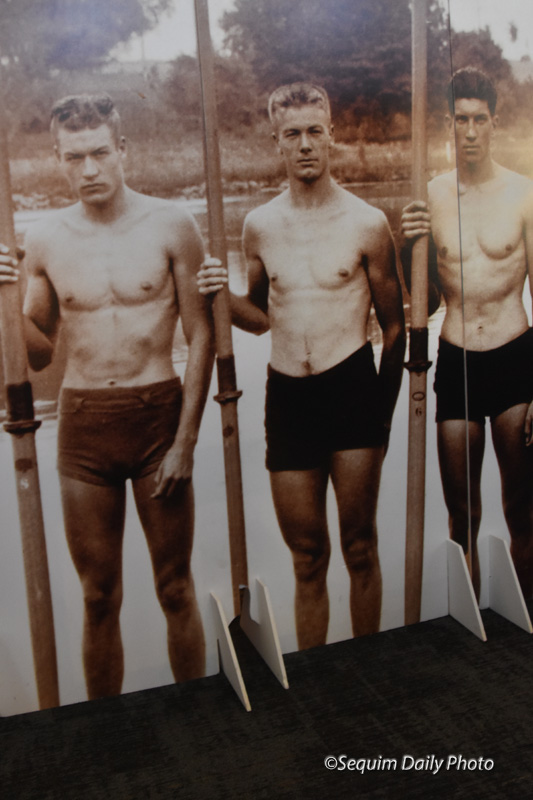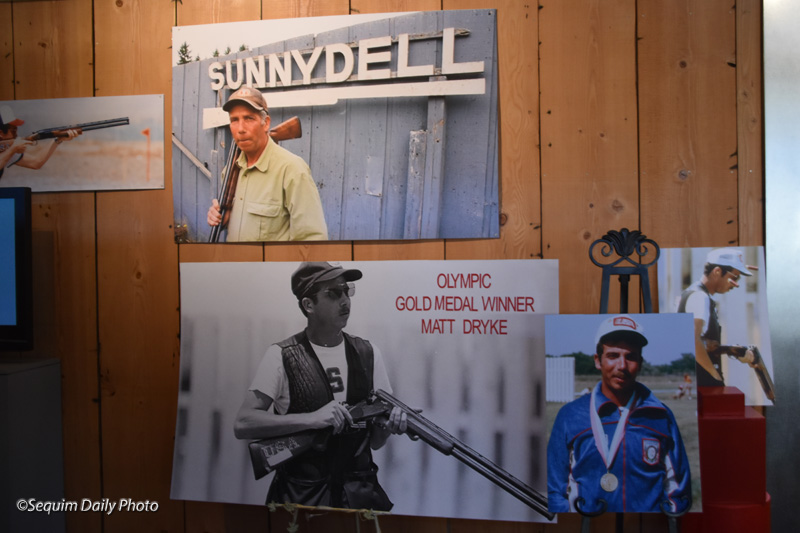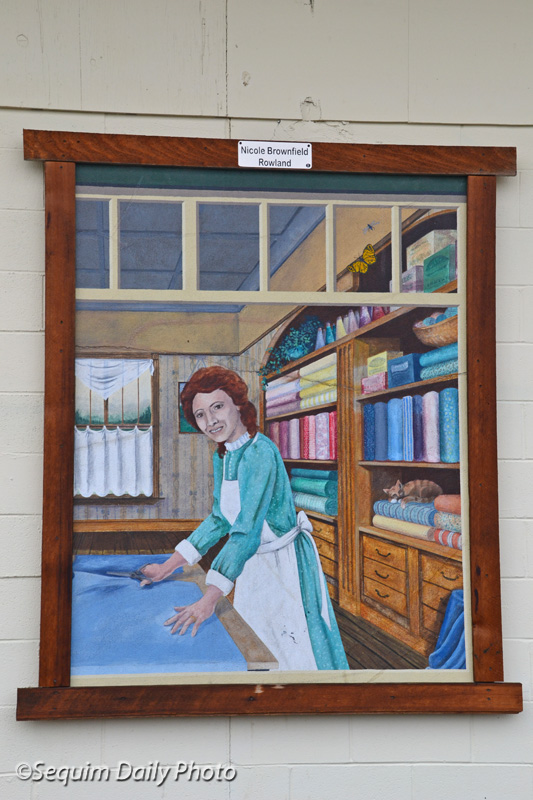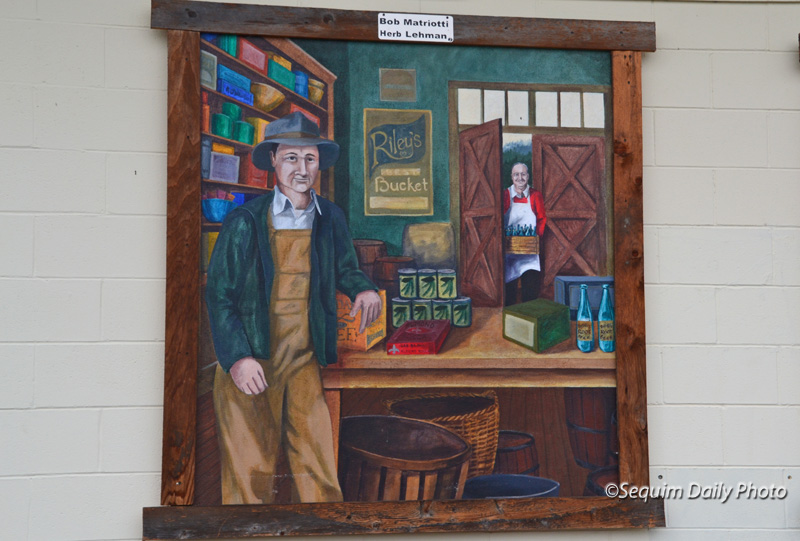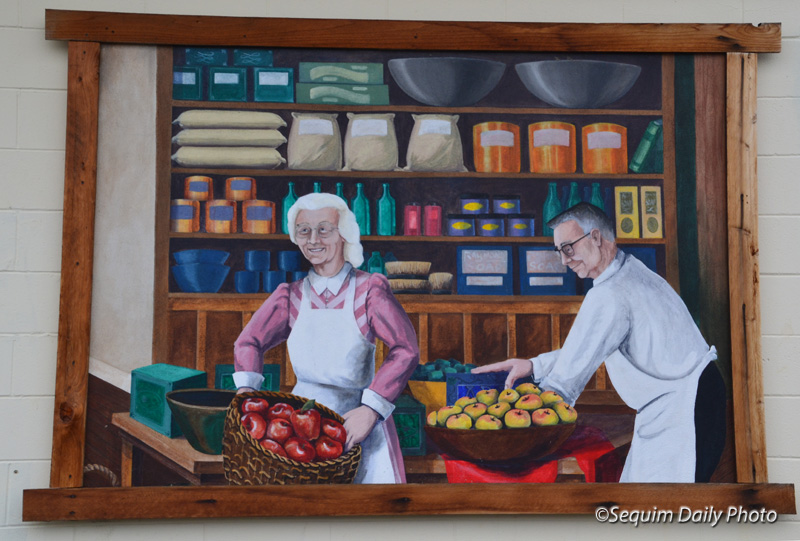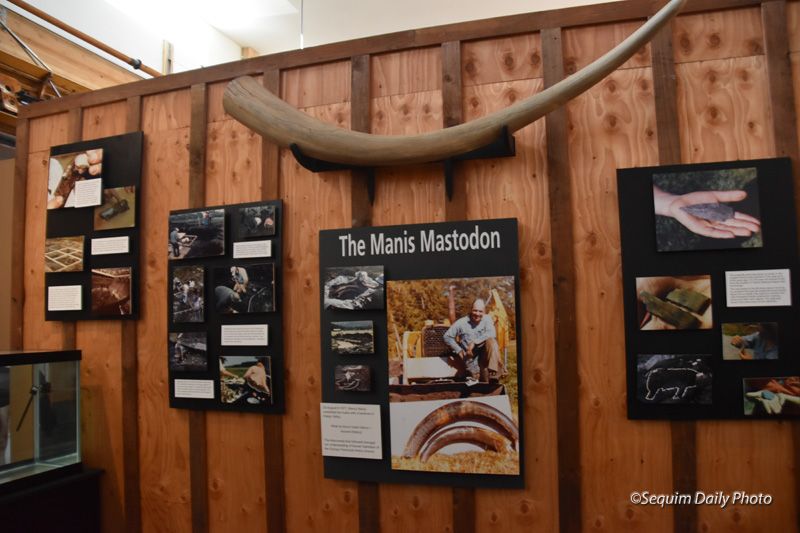
The Sequim Museum and Art Center‘s new location allows for better viewing of an exhibit about one of Sequim’s unique claims to fame, the Manis Mastodon.
In 1977 local resident Manny Manis was digging on his property when he unearthed a large tusk. As his wife Claire tells the story, his first thought was that he’d found an elephant. Together, however, they had the good sense to find research archaeologists. A team from Washington State University excavated a mastodon whose age was subject of controversy until more current technologies aged it to over 13,000 years old.
The Manis Mastodon is of particular importance because there is evidence of scoring on the tusk from a human tool as well as a spear point embedded in a rib bone. It is evidence of one of the earliest interactions between humans and mastodons in the Americas. The site is also one of the oldest in North America.
The dig site was entered into the National Register of Historic Places in 1978 and was donated to the Archaeological Conservancy in 2000.
Click here for more information about the Manis Mastodon Site. It’s an interesting story. The exhibit at Sequim Museum and Art Center tells the story as well, along with a large rendering of a mastodon with some of the unearthed bones.
